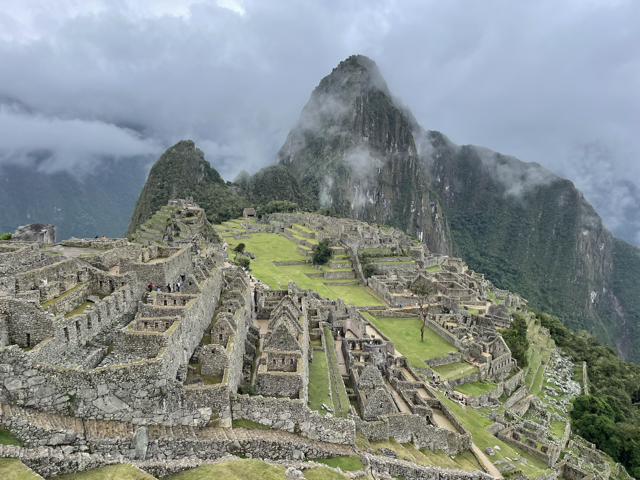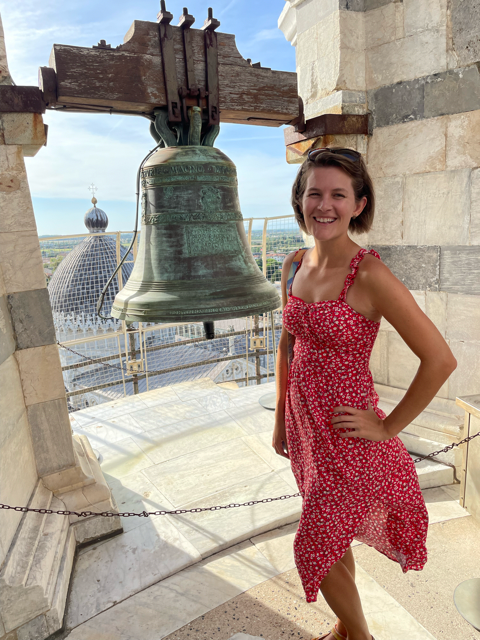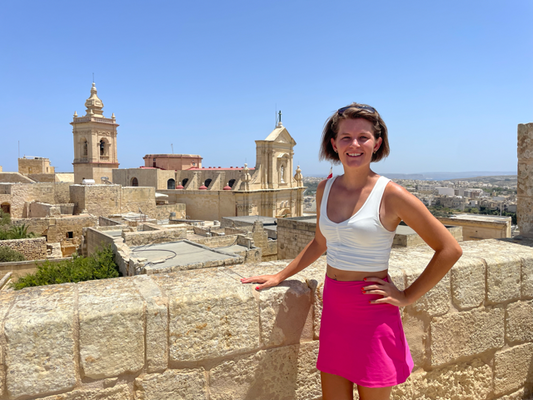
The Story Behind Machu Picchu’s Discovery (and What It’s Like to Visit Today)
Share
Few places in the world carry the mystique and allure of Machu Picchu. Perched high in the Andes and shrouded in clouds, it’s a site that inspires awe even before you set foot inside. But Machu Picchu’s story is as fascinating as the ruins themselves — and visiting it today is an experience that lingers long after you leave.
When I first stepped into Machu Picchu, I felt something I can only describe as a spiritual connection to the land. Standing amidst the ancient terraces and temples, I was moved in a way I didn’t expect. It felt like a quiet, powerful invitation to reflect — a moment where the history, culture, and natural beauty of Peru washed over me, leaving me feeling changed.
The Discovery of Machu Picchu
Though the site was known to local indigenous communities, Machu Picchu was largely forgotten by the outside world until 1911. American explorer Hiram Bingham led an expedition that brought international attention to the ruins.
Bingham was guided by locals to the site, and while he is often credited with “discovering” Machu Picchu, the story is more nuanced. The villagers had known about the site for generations, and Bingham’s expedition marked its introduction to global archaeology and tourism.
Following the discovery, archaeologists began documenting and preserving the site, revealing its stunning Incan architecture, terraces, and temples. Today, Machu Picchu stands as a testament to the ingenuity and spirituality of the Inca civilization.
Why Machu Picchu Is Important
Machu Picchu is more than just a bucket-list destination — it is a cultural and historical treasure.
- Architectural mastery: From precise stonework to terraces carved into the mountainside, the Inca created a city that blends perfectly with its natural surroundings.
- Historical significance: Thought to have been a royal estate or sacred retreat, the site provides insight into Incan life and society.
- World Heritage Site: UNESCO recognized Machu Picchu for its cultural and natural significance, cementing its status as a global icon.
Visiting Machu Picchu today is a journey into both history and human creativity — and, for many, a personal, transformative experience.
Visiting Machu Picchu Today
Getting to Machu Picchu requires some planning, but the journey is part of the adventure:
- Access: Most travelers take a combination of train, bus, or trekking routes from Cusco (check my guide on getting to Machu Picchu for full details).
- Tickets: Entry is regulated and requires pre-purchased tickets, often with timed entry slots.
- Guided vs. self-guided tours: Guides can enrich your visit with historical context, but walking the ruins on your own allows for quiet reflection and moments of personal connection.
- Best times to visit: Early morning or late afternoon helps you avoid crowds and offers soft, golden light for photos.
Inside the citadel, the main highlights include the Temple of the Sun, Intihuatana stone, and the agricultural terraces. But even simple moments — standing on a ridge, listening to the wind, and gazing across the mountains — can be profoundly moving.
Tips for a Memorable Visit
- Wear layers: Weather changes quickly at high altitude.
- Comfortable shoes: Even if you’re not trekking, expect uneven paths and stairs.
- Stay hydrated: Altitude can be tricky, so drink plenty of water.
- Respect the site: No climbing on walls or eating inside the ruins.
- Take your time: Don’t rush — pause, reflect, and let the energy of the place sink in.
Machu Picchu is more than a photo opportunity — it’s an experience that resonates on multiple levels. The history, the architecture, and the sheer scale of human achievement are awe-inspiring, but for me, the deepest impact came from the quiet, almost spiritual connection I felt while wandering its terraces.
Visiting Machu Picchu reminded me why travel can be transformative. It’s not just about checking off famous landmarks — it’s about feeling a place in your bones, connecting to its history, and leaving a little different than you arrived.
If you’re planning a trip to Peru, don’t miss the chance to experience Machu Picchu in all its historical, cultural, and emotional richness.


